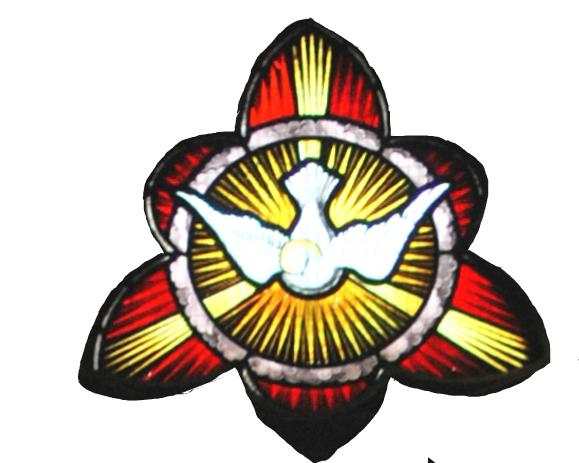Church Choir
Information about the Church Choir, rehearsals and membership.
Header Text
Footer Text
Header Text
Rev'd EUCHARIA ASIEGBU
Email : vicarstmarysbromley@gmail.com
or : admin@stmarys-bromley.org.uk
for all bookings: stmaryshouseandhall@gmail.com
Footer Text
Information about the Church Choir, rehearsals and membership.

A summary of the history of St. Mary's with a link to more detailed information.
